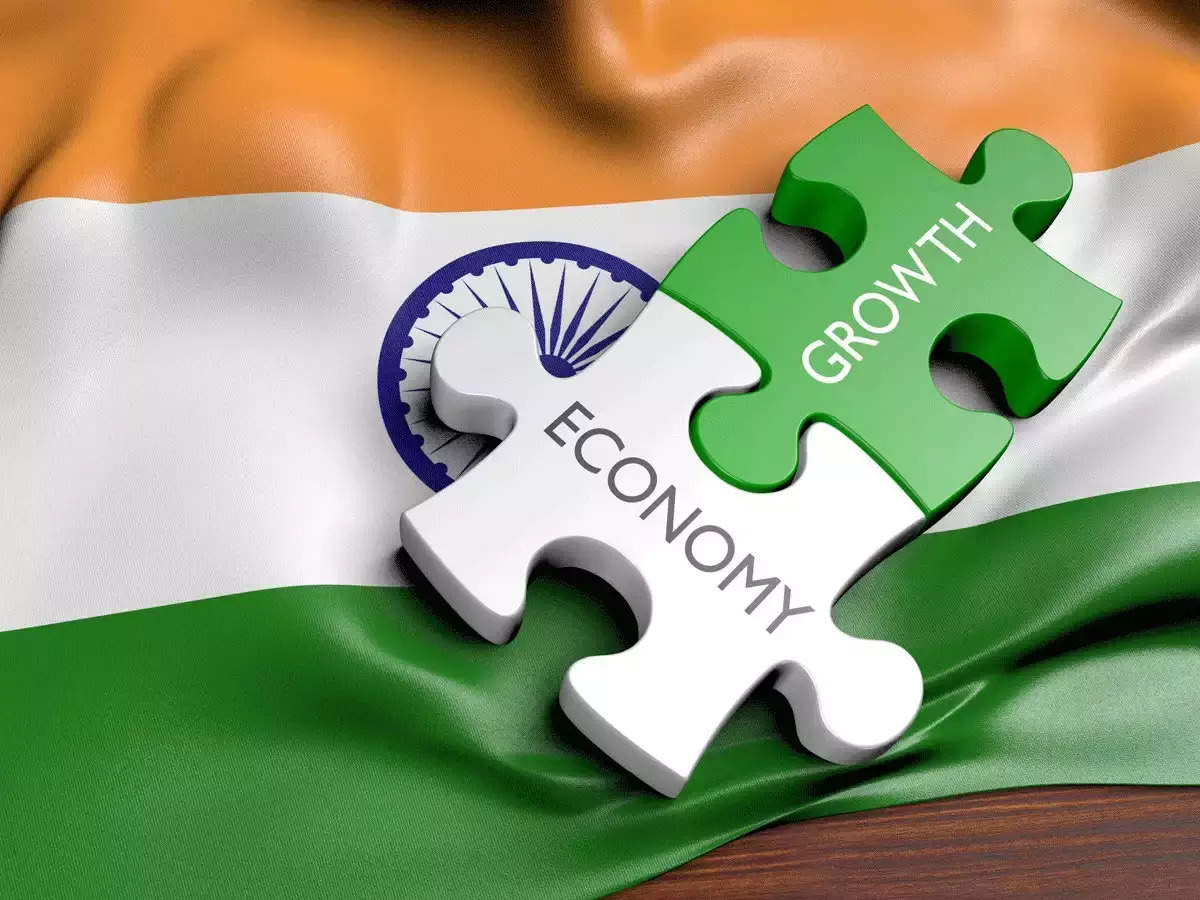S&P Global: India’s Net-Zero Path Not Straightforward in 2023

S&P Global: India’s Net-Zero Path Not Straightforward in 2023
India will be keenly followed as a role model for other rising countries in fulfilling it’s expanding energy demands while reducing emissions. Although India’s energy transformation over the following ten years would significantly impact global emission objectives, S&P Global warned on Thursday that India’s road to net zero might be challenging.
“How India meets its growing energy demand and changes its primary energy mix over the coming decade will substantially influence global energy markets and help determine if, and when, global emissions targets are reached,” the report stated.
India is currently the third-largest energy user in the world, although its per-capita consumption is still less than one-tenth that of the US. S&P Global Commodity Insights anticipates doubling India’s overall energy consumption by 2050.
The paper stated that while India’s policymakers and businesses may use various technical, policy, and financial levers, “the longer-term path towards India’s goal of net-zero by 2070 may not be straightforward. “India will be keenly followed as a role model for other rising countries in fulfilling it’s expanding energy demands while reducing emissions.
“India and the rest of the world are joined at the hip in the journey to reach net-zero emissions,” said Atul Arya, chief energy strategist for S&P Global.
The research stated that reduced reliance on energy imports would provide dependable, cheap, and sustainable energy sources to fulfil India’s expanding energy demand. By 2030, oil imports are anticipated to be over 90% of the nation’s needs, while natural gas imports are expected to be around 60% of conditions, according to the research and analytics company.

“India will have to strike a balance to increase energy access and reliability while delivering affordable energy supplies and diversifying its fuel mix to reduce the overall carbon intensity of its energy system,” said Gauri Jauhar, executive director of S&P Global (energy transitions).
S&P Global, a reputable provider of ratings, benchmarks, and data for capital and commodity markets worldwide, recently released a comprehensive report on the obstacles and intricacies involved in India’s journey towards achieving net-zero carbon emissions by 2050. The report explores various facets of the country’s energy system, economic structure, and political challenges, showcasing that the road to sustainability needs to be more straightforward.
India has committed to achieving net-zero emissions by 2050, aligning itself with global efforts to mitigate the impacts of climate change. The country must undergo a massive transformation in various sectors, including energy, transportation, industry, and agriculture.

The Indian energy sector, heavily reliant on coal and other fossil fuels, faces significant challenges transitioning to cleaner energy sources.
Shifting to renewable energy requires substantial investment in infrastructure such as solar and wind farms and the grid stability necessary to handle them.
The capital needed for these transformations is immense, and mobilizing the financial resources for this transition can be complicated. Changing regulatory frameworks and government policies to promote renewable energy will be vital, but they can also slow down the progress if not well-coordinated.
Embracing electric vehicles (EVs) and improving energy efficiency in industries will be essential. However, significant barriers to widespread EV adoption exist, including charging infrastructure and affordability.
Public and private sectors must promote a shift in behaviour towards more sustainable transportation and industrial practices, which is a long-term process.
)
Implementing sustainable farming practices is essential to reduce emissions. This includes changing crop rotation methods, reducing the use of synthetic fertilizers, and promoting organic farming.
Land use policies promoting afforestation and reforestation can be powerful tools in carbon sequestration, but they require significant investment and careful planning.
Achieving the required transformation demands strong political will and coordination between different levels of government.
Ensuring the transition does not disproportionately affect marginalized communities or increase energy poverty is vital.
Global partnerships and international financial support are essential for India to achieve its ambitious net-zero target. Collaboration with other countries can accelerate the transition, especially in technology transfer.

S&P Global’s report on India’s net-zero path emphasizes the country’s multifaceted challenges in its ambitious aim to mitigate climate change. The transition requires massive shifts in technology and infrastructure and changes in policies, financial strategies, social behaviours, and international collaboration.
It is a complex journey, and the roadmap for India needs to be more straightforward. However, the commitment and coordinated efforts can make this transformative change possible, aligning India with global sustainability goals and ensuring a cleaner, greener future for its citizens.





